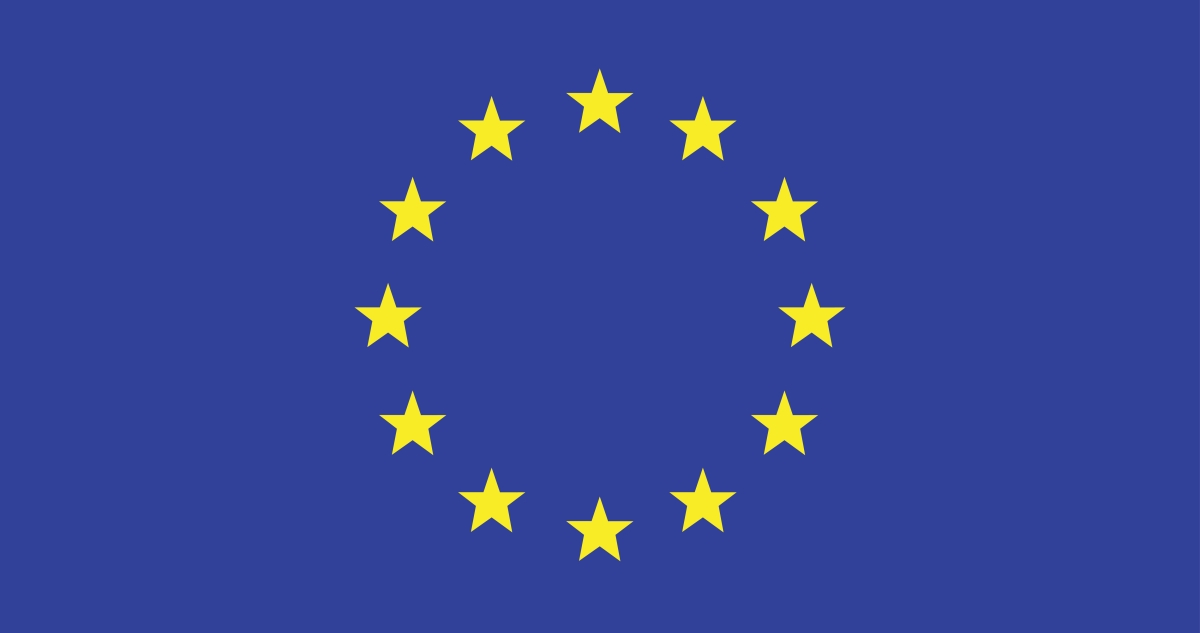Which European nations have the greatest and lowest disposable incomes in terms of income inequality?
Which European nations have the greatest and lowest disposable incomes in terms of income inequality?
With western and Nordic states having higher discretionary incomes on average than many southern and eastern countries, the stark disparities in disposable income across Europe demonstrate the breadth of inequality on the continent.
According to the 2023 Legatum Prosperity Index, two thirds of the world’s most prosperous nations are located in Europe, yet income inequality is pervasive throughout the old continent. Not only does the average household income differ significantly throughout EU member states but also among other European nations when it comes to saving and spending, too.There seems to be a distinct regional divide: Western and Nordic nations have the greatest median disposable income levels, whereas the majority of southern and eastern states have lower levels.
Inequalities in a nation’s income distribution are a major factor determining access to goods and services.Due to varying tax laws and pricing levels, it can be challenging to compare the discretionary income levels of different countries with accuracy.
However, the median equivalised disposable income per resident in the purchasing power standard (PPS) of each nation can be used to measure and compare the variations as it provides a sense of living standards.According to Eurostat, the EU statistical office, household disposable income is the amount that households have available for saving and spending after taxes and transfers. To make this income comparable across all households, it is “equivalised,” or modified for household size and makeup.
In the meanwhile, PPS aids in establishing price parity between nations. A single PPS may purchase the same commodity or service in any nation thanks to this fictional currency that eliminates price level discrepancies.
Which European nations have the greatest and lowest discretionary income in light of this? And how pervasive is inequality in income?

In the European Union in 2022, the median disposable income per resident varied from 9,671 PPS in Bulgaria to 33,214 PPS in Luxembourg. 18,706 PPS per resident was the average for the EU.
After Luxembourg, Norway (27,090 PPS) and Switzerland (26,389 PPS) are included when European Free Trade Area (EFTA) and EU candidate countries are taken into account. Additionally, this number was marginally higher than 25,000 PPS in Austria and the Netherlands.
Nordic nations perform better than the EU average but fall short of the top slot.
In five Nordic nations, the median disposable income per resident was higher than the EU average.
Norway came in second, while none of the other countries cracked the top five.
Out of the 35 countries on the list, Finland (20,941 PPS) came in at number ten and Sweden (20,573 PPS) at number thirteen.
Denmark and Iceland ranked seventh and eighth, respectively.
After Luxembourg, Norway (27,090 PPS) and Switzerland (26,389 PPS) are included when European Free Trade Area (EFTA) and EU candidate countries are taken into account. Additionally, this number was marginally higher than 25,000 PPS in Austria and the Netherlands.
Nordic nations perform better than the EU average but fall short of the top slot.
In five Nordic nations, the median disposable income per resident was higher than the EU average.
Norway came in second, while none of the other countries cracked the top five.
Out of the 35 countries on the list, Finland (20,941 PPS) came in at number ten and Sweden (20,573 PPS) at number thirteen.
Denmark and Iceland ranked seventh and eighth, respectively.
Tensions between the Big Four
In Germany (23,197 PPS) and France (20,575 PPS), the two most populous EU nations, the median disposable income was higher than the EU average; in Italy (18,472 PPS) and Spain (17,254 PPS), it was lower.
The final member of the EU, Croatia, had a greater median disposable income than six other members.
The majority of southern and eastern states reported lower median disposable income levels, as can be seen in the map above, whereas western and Nordic European countries recorded the highest levels.
The lowest earnings were in the candidate countries.
The list’s lowest median disposable incomes were found in EU candidate nations. At the bottom were Albania (4,385 PPS), North Macedonia (5,988 PPS), and Turkey (6,210 PPS).
Only in Turkey did median disposable income decline.

The only nation where the median disposable income decreased was Turkey, by €1,000, or 27%.Luxembourg (€8,995) saw the biggest gain when looking at the increases in euros rather than as a percentage, followed by Ireland (€6,181) and the Netherlands (€5,976). In the EU, the average increase was €2,802, although in Germany and France, it increased by €3,080 and €1,093, respectively.
M-J Global is the best visa consultancy in Dubai, Oman, and Qatar, and we are the best registered visa agents for European work permits from Oman, Dubai, and Qatar. We are providing the best service, especially for Hungary and Romanian work permits from Oman, Dubai, and Qatar..M-J Global is the best visa agent in Dubai,Oman and Qatar and best immigration consultant in Oman,Dubai and Qatar.It is the most trusted immigration agency in middle east and the business migration agent in Oman,Dubai and Qatar.

